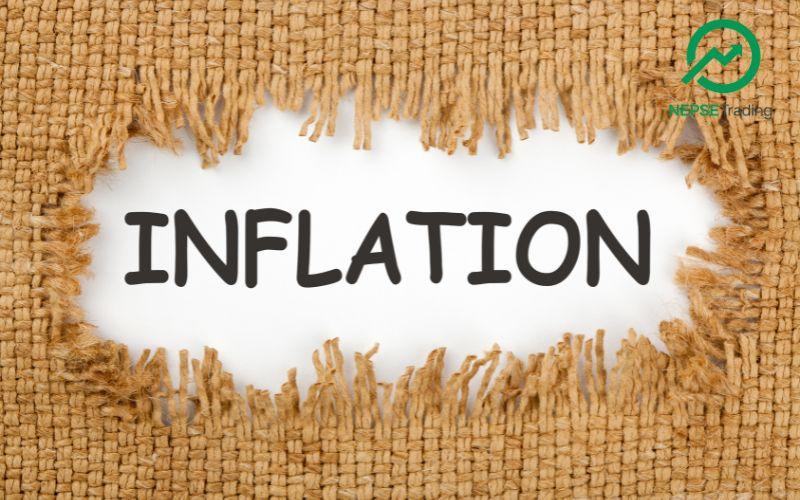By Dipesh Ghimire
Salary and Wage Index Records Broad Increase Across Occupations, Agriculture and Elementary Jobs Lead Growth

Nepal’s salary and wage levels have continued to climb over the past two years, with the national Salary and Wage Index reaching 107.02 points in mid-October 2025 (Asoj 2082). According to the latest figures published under the National Salary and Wage Index (base year 2023/24 = 100), the index has grown by 4.48 percent compared to the same period last year and by 3.68 percent from mid-July 2025. The data indicates that wage pressure is rising across nearly all occupational groups, reflecting broader shifts in Nepal’s labor market.
A closer look at the index shows that the Skilled Agricultural, Forestry and Fishery Workers category has recorded one of the most significant increases. With the index reaching 108.73, wages in this sector rose by 5.54 percent over last year. Experts suggest that persistent labor shortages in agriculture, increased production activities, and rising dependency on seasonal workers have contributed to this trend. The growth also mirrors the ongoing migration of rural youths, which has tightened the domestic farm-labor supply.
Similarly, the Elementary Occupations category, which includes low-skilled and daily-wage workers, saw a notable surge, with the index climbing to 109.07. This marks a 6.05 percent increase year-on-year, the highest among all groups. Economists say the sharp rise is linked to increasing urban construction demand, expansion of small enterprises, and the reduced availability of laborers due to foreign employment outflows. The rise also indicates growing wage competition in cities where infrastructure activities have intensified.
The wages of Service and Sales Workers, representing one of the largest segments of Nepal’s workforce, also climbed sharply. The sector’s index reached 107.48, posting a 5.54 percent annual rise. The retail, hospitality, and transportation industries—which are gradually recovering from past economic disruptions—have been hiring more frontline workers. Increased tourism flow and urban consumer activity appear to be fueling wage competition in this sector.
Meanwhile, the wages of Professionals, Technicians, and Managers have also increased, although at a slower pace compared to low-skilled sectors. The index for professionals rose to 106.54, reflecting a 4.02 percent increase from last year. This steady rise corresponds to stable employment in banking, insurance, education, and IT services. Technicians and associate professionals recorded an index of 106.10, with a 3.58 percent annual rise, supported by ongoing hydropower projects, road construction, and industrial expansion.
The managerial category posted relatively moderate growth, reaching 104.88, representing a 2.99 percent increase from last year. Analysts attribute this slower pace to cost-control measures adopted by many corporations and slower expansion in the private sector. Still, the increase suggests gradual adjustments to inflation and ongoing pressure to retain skilled leadership personnel.
Mid-skilled occupations such as clerical support workers, craft workers, and machine operators also demonstrated steady growth. Clerical workers saw their index rise to 107.97, while craft and trade workers reached 105.28. Machine operators and assemblers recorded an index of 106.28, showing that industrial recovery is gradually translating into higher wage levels. These sectors have benefited from improvements in manufacturing, construction, and transport-related activities.
Overall, the latest salary and wage data points toward increasing labor costs across the country. Economists link this trend to rising inflation, sustained out-migration, and widening gaps between labor demand and supply. As more Nepali workers depart for foreign employment, both rural and urban employers are offering higher wages to attract and retain available workers. Businesses in the services, retail, and manufacturing sectors are also responding to increased consumer spending and economic activities.
The broad-based rise in wages suggests structural changes in Nepal’s labor dynamics. While professional and managerial wages continue to climb steadily, the fastest gains are being seen in low-skilled and semi-skilled jobs. Analysts note that this shift reflects Nepal’s growing reliance on domestic labor for essential sectors and the rising competition among employers to secure workers. If current trends continue, the labor market may see further adjustments as both public and private sectors respond to increasing wage pressures.









